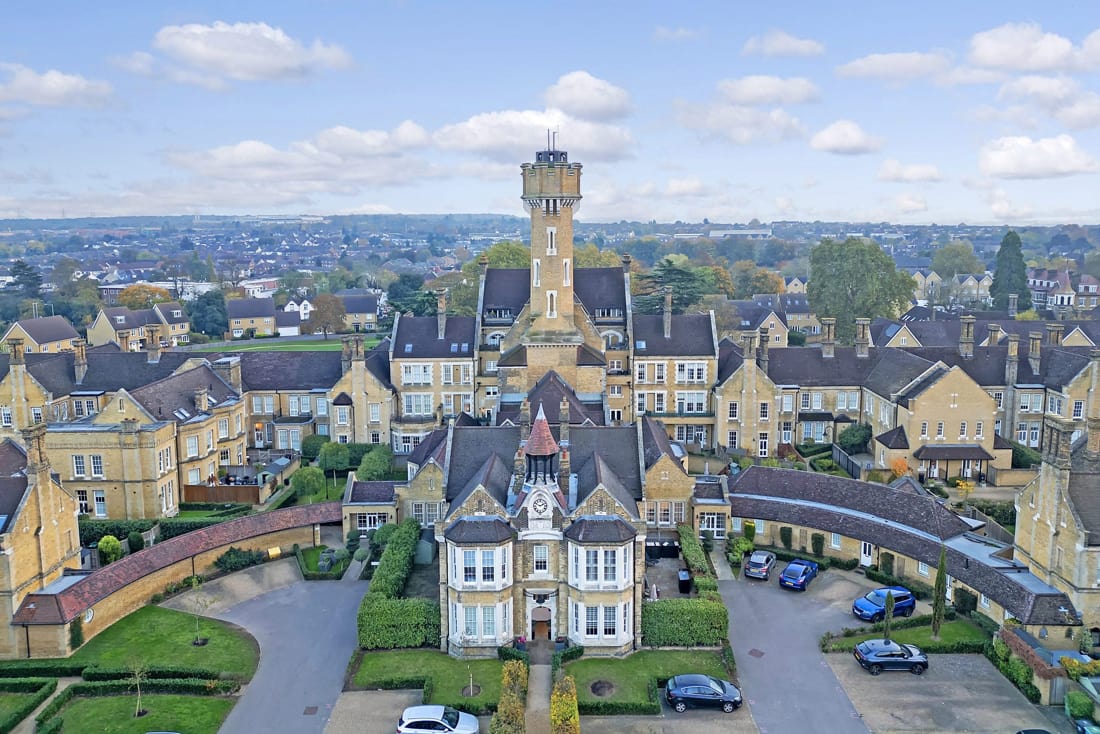Dartford Stone Kitchen Extension: Timeless Elegance Meets Modern Functionality
In the bustling town of Dartford Stone, where historic charm meets contemporary living, homeowners are increasingly turning to stone kitchen extensions to breathe new life into their properties. Among the various architectural options available, stone kitchen extensions stand out as a blend of timeless aesthetics, structural resilience, and natural elegance. This article explores the rising popularity of stone kitchen extensions in Dartford, highlighting design trends, planning considerations, benefits, and expert insights for anyone considering this unique home improvement project.
Why Choose a Stone Kitchen Extension?
Stone, as a building material, evokes a sense of permanence and grandeur. In Dartford, where a mix of Georgian, Victorian, and post-war housing defines much of the town’s streetscape, a well-executed stone extension can complement the original architecture rather than clash with it. Here’s why Dartford residents are increasingly drawn to stone for their kitchen extensions:
1. Visual Harmony and Character
Unlike uPVC or rendered extensions, stone blends effortlessly with older buildings. When sourced and crafted correctly, it can match or enhance the existing exterior. In areas such as West Hill or Wilmington, where homes carry historic character, a stone extension provides seamless integration.
2. Durability and Longevity
Stone withstands the test of time, weather, and structural stress far better than many modern alternatives. In a town with the UK’s ever-changing climate, a stone kitchen extension promises decades—if not centuries—of resilience.
3. Environmental and Acoustic Benefits
Natural stone is sustainable, recyclable, and thermally efficient. It also has excellent soundproofing qualities, which is ideal in Dartford’s increasingly dense urban environments.
Design Inspirations: Modern Kitchens in Historic Settings
The beauty of a Dartford stone kitchen extension lies in its ability to combine rustic charm with cutting-edge design. Here are a few popular design approaches:
▸ Heritage Blend
Ideal for period properties, this design uses locally sourced stone, traditional roofing, and timber-framed windows. Internally, it contrasts exposed stone walls with modern lighting and minimalist cabinetry.
▸ Contemporary Contrast
In newer Dartford estates, homeowners often opt for clean stone façades paired with bi-fold glass doors, zinc roofing, and skylights. This creates a bold contrast between natural materials and sleek, modern finishes.
▸ Courtyard Kitchen
A unique layout that wraps the kitchen around a central garden or seating area, often featuring stone paving and outdoor kitchen features—perfect for summer entertaining.
Planning and Permissions in Dartford
Building a stone kitchen extension involves several planning and regulatory considerations, especially in conservation areas like Dartford Heath or the village of Sutton-at-Hone. Here’s what homeowners need to be mindful of:
✔️ Planning Permission
While some single-storey extensions fall under permitted development, stone materials often raise red flags due to their weight and aesthetic impact. Consulting Dartford Borough Council early is essential.
✔️ Listed Buildings
For Grade II or Grade II* properties, stone extensions must adhere to strict guidelines. Matching stone type, mortar style, and architectural detailing becomes paramount.
✔️ Building Regulations
Stone construction requires professional structural calculations, especially when adding heavy stone walls or feature elements like vaulted ceilings. Load-bearing assessments and thermal insulation standards must be met.
The Construction Process: What to Expect
A Dartford stone kitchen extension isn’t an overnight project. It typically follows this sequence:
- Site Assessment and Survey
- Soil quality, drainage, and site access are assessed.
- Architectural and Structural Design
- Drawings are created with attention to both aesthetics and building performance.
- Planning Submission and Approval
- Depending on location, this stage can take 6–10 weeks.
- Stone Sourcing and Preparation
- Builders may source Kentish Ragstone, a popular local material.
- Foundation and Build Phase
- Due to the weight of stone, foundations are typically deeper than average.
- Interior Fit-Out
- Includes kitchen installation, lighting, heating, and floor finishes.
Cost Considerations: Is It Worth It?
Stone is a premium material, and naturally, the costs reflect that. A typical stone kitchen extension in Dartford can range between £2,200–£3,200 per square metre, depending on factors such as:
- Stone type (natural vs. engineered)
- Site access and groundworks
- Glazing, roof type, and interior finishes
- Custom stone detailing and carving
However, the return on investment is strong. Not only do homeowners gain an enlarged, highly functional living space, but properties with bespoke stone extensions often command higher resale values and quicker sale turnarounds—especially in areas close to Dartford Grammar School or transport links into London.
Final Thoughts: Crafting a Legacy
A Dartford stone kitchen extension is more than just a functional upgrade—it’s a statement of taste, heritage, and future-forward design. For homeowners with an eye for detail and a passion for long-lasting quality, it offers the chance to craft a space that becomes the heart of the home for generations.
Whether you’re inspired by the traditional stone cottages of Kent or want to build a modern marvel framed in stone, Dartford provides the ideal canvas. With careful planning, the right design team, and a commitment to excellence, your dream kitchen extension can become a permanent part of Dartford’s architectural legacy.



No responses yet